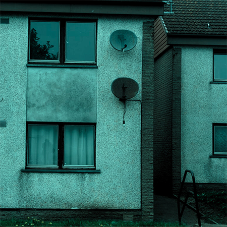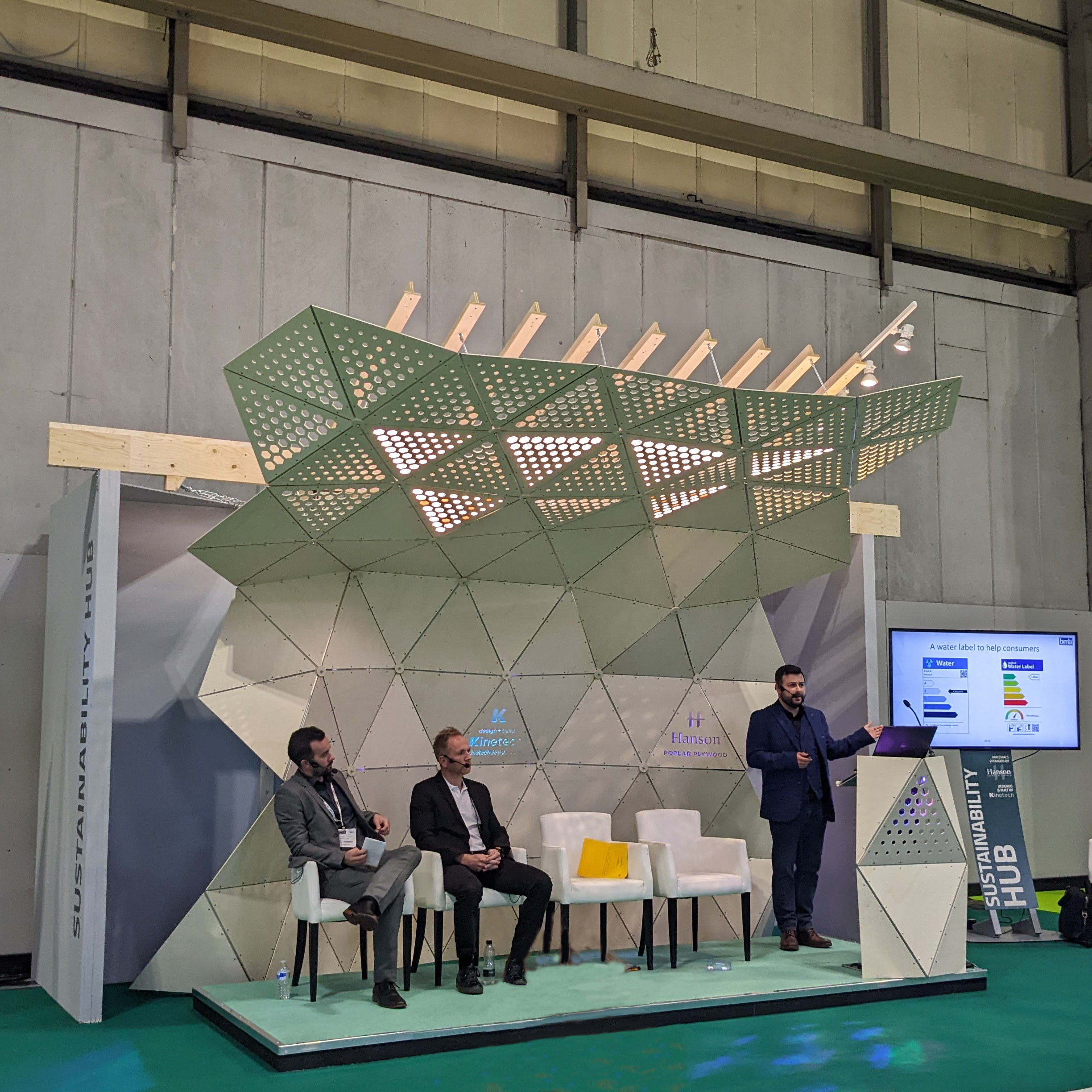Brick has been a reliable construction material for centuries and has proven itself time and time again. There is no shortage of brick structures around the world still providing good service; brick is beautiful to look at, it has excellent sustainability credentials and it’s hard to beat on price.
However, now this construction material we have trusted for thousands of years is going through an age of reinvention. These energy-generating “smart bricks” are said to turn ordinary buildings into efficient, living machines.
Designed to self-adapt to changing environmental conditions these “smart bricks” will monitor and modify air in the building and recognise occupants.
If that sounds more like science fiction than reality, it really isn’t.
The re-invented bricks, developed by a team of scientists from the University of the West of England, also up their game in the sustainability field as they are capable of recycling wastewater and generating electricity from sunlight. They will be able to fit together and create 'bioreactor walls', which could then be incorporated in housing, public building and office spaces.
The smart living bricks will be made from bio-reactors filled with microbial cells and photosynthetic organisms. Each brick will contain Microbial Fuel Cells (MFCs) containing a variety of micro-organisms specifically chosen to clean water, reclaim phosphate, generate electricity and facilitate the production of new detergents, as part of the same process.
The MFCs that will make up the living engine of the wall of smart bricks will be able to sense their surroundings and respond to them through a series of digitally coordinated mechanisms.
Imagine each smart brick as an electrical analogous computer; a building made of such bricks will be a massive-parallel computing processor.
Walls in buildings comprised of smart bricks containing bioreactors will integrate massive-parallel computing processors where millions of living creatures sense the occupants in the building and the internal and external environmental conditions.
So what does this mean to the buildings we live and work in? Well, it turns out it could mean quite a great deal.
These living bricks may eventually transform homes and office buildings with a more sustainable approach to construction and building functions, with the MFC modules made into actuating building blocks as part of wall structures. This will allow us to explore the possibility of treating household waste, generating useful levels of electricity, and have 'active programmable' walls within our living environments.
These technologies could completely transform the places where we live and work, enabling us to not just use our buildings but to co-live with them. Instead of mere dwellings, our buildings would be more like large-scale living organisms addressing all environmental and energy needs of their occupants… namely, us.
Do you think the Smart Brick will revolutionise how we construct, and use our buildings? Join the conversation on our LinkedIn page.
Related Blog Articles



crop192.png)












